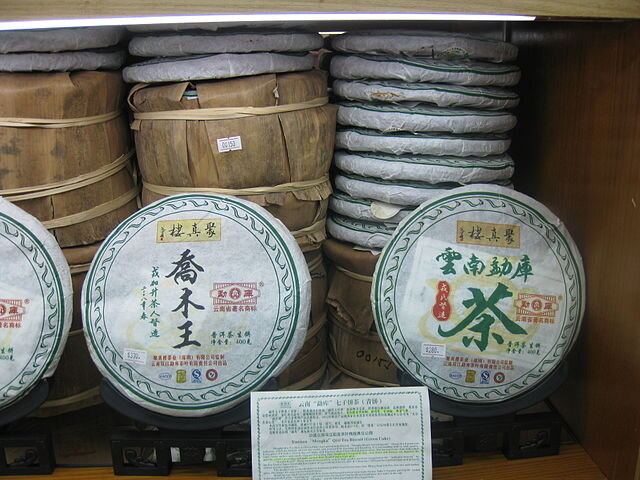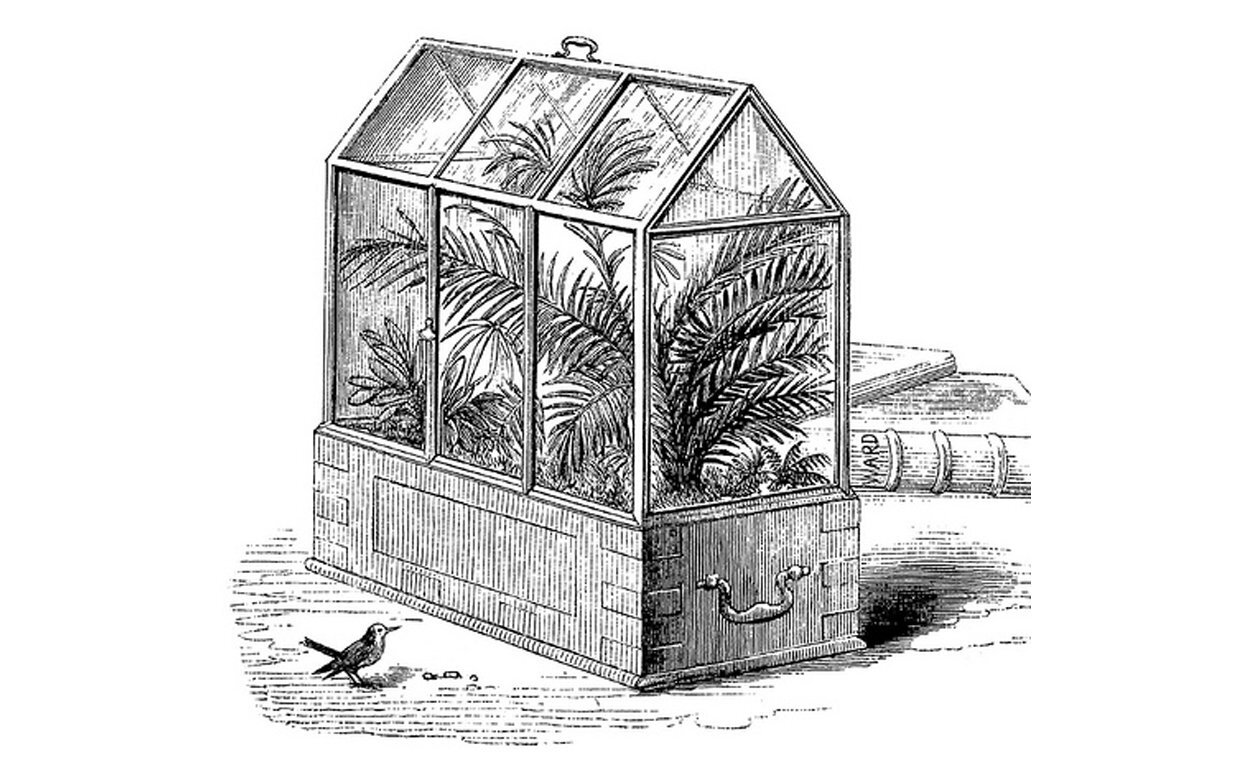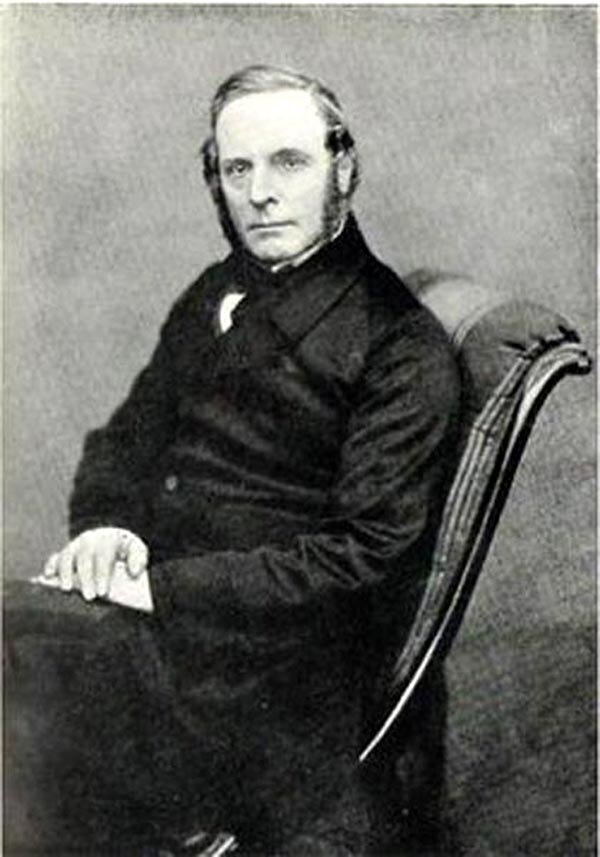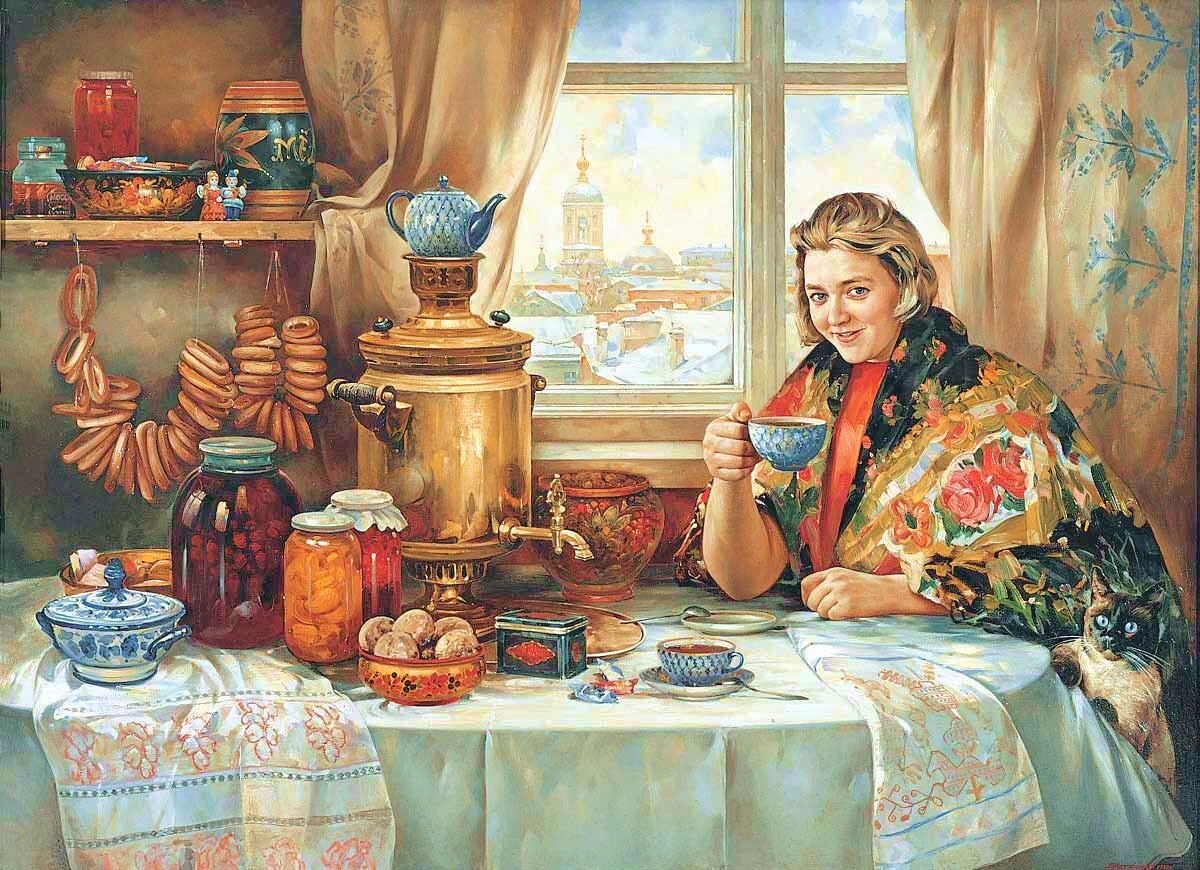Ep. 10 | Yixing Teaware and the Gongfu Tea Ceremony
More Ming Dynasty tea history this time. Further innovations from China's tea artisans further improves the taste and experience of tea. The famous "zisha" clay teapots and teaware from Yixing are introduced as well as their role in the Gongfu Tea Ceremony. As the second half of the Ming Dynasty starts to wind down, the Europeans will soon be knocking on China's door. They too will discover the goodness and greatness of tea with historic consequences.
Listen On Your Favorite Podcast Player
Terms in Episode
| Pinyin/Term | Chinese | English/Meaning |
|---|---|---|
| Jǐngdézhēn | 景德鎮 | City in Jiangxi where the most famous porcelain in China is made |
| Lake Póyáng | 鄱陽湖 | Largest feshwater lake in China located in northern Jiangxi |
| Jiāngxī | 江西 | Interior province just west of Fujian |
| Míng | 明朝 | The Ming Dynasty 1368-1644 |
| Táng | 唐朝 | The Tang Dynasty 618-907 |
| Sòng | 宋朝 | The Song Dynasty 960-1279 |
| Zhǔchá | 煮茶 | To boil tea leaves to prepare tea |
| Mǒchá | 抹茶 | Ground powdered tea. called matcha in Japanese |
| Pàochá | 泡茶 | To steep tea leaves in a teapot |
| Yǒnglè | 永乐帝 | Ming Emperor who reigned 1403-1424 |
| Shānxi | 山西 | Northern province east of Shaanxi |
| Shǎnxi | 陕西 | Northern province west of Shanxi |
| Jīn | 斤 | a "Chinese Pound", also called a "catty", 1.1 pounds |
| Sòng Tàizǔ | 宋太祖 | Temple name of Zhao Kuangyin, founder of the Song Dynasty |
| Xǐ chá | 洗茶 | To "wash" the tea |
| Yíxìng | 宜兴 | City in Jiangsu province famous for their clay tea pots. Formerly known as Yangxian |
| Mount Gùzhǔ | 顾渚山 | Located near Changxing in Zhejiang Province, it was the site of both Jinsha Spring and the famous tribute tea Purple Bamboo. |
| Zǐsǔn Chá | 紫笋茶 | Purple Bamboo Tea |
| Lù Yǔ | 陆羽 | The Tea Saint, and author of the Classic of Tea. He lived 733-804 |
| Chá Jīng | 茶经 | The Tea Classic, Lu Yu's most famous work |
| Yángxiàn | 阳羡 | Former name of the city of Yíxìng, located in Jiangsu Province |
| Yángxiàn tea | 阳羡茶 | Yangxian Purple Bamboo Tea, one of the earliest true Tribute Teas of China |
| Lú Tóng | 卢仝 | 790-835, perhaps the most famous "Tea Person" in Tang Dynasty China, other than the Tea Saint himself |
| Déhuá | 德华 | in central Fujian west of Quánzhōu developed quite a porcelain legacy |
| Zǐshā | 紫砂 | Purple clay used in the manufacture of clay teapots |
| Pǔ-ěrh | 普洱 | A variety of fermented tea that comes from Yunnan province in China |
| Tiěguānyīn | 铁观音 | Iron Buddha or Goddess of Mercy tea, a kind of Oolong tea from Anxi, Fujian |
| Yǎng hú | 养壶 | to "raise" or season a teapot |
| Gōngfu tea | 功夫茶 | A careful deliberate way to prepare tea to obtain the maximum enjoyment from the beverage |
| Cha no Yu | 茶の湯 | Another name for the Japanese Tea Ceremony |
| pǐnmíngbēi | 品茗杯 | A "tea sipping cup" that is part of the gongfu tea preparation |
| Pǐn | 品 | To sip (among other definitions) |
| Míng | 茗 | Another character for tea |
| bēi | 杯 | A cup |
| Cháhé | 茶荷 | A tea scoop used to retrieve the tea leaves from your jar or container |
| Chápán | 茶盘 | A Tea Tray used to carry out a gongfu tea ceremony |
| Gàiwǎn | 盖碗 | A lidded tea bowl used for preparing and drinking tea |
| Gài | 盖 | A lid or cover |
| Wǎn | 碗 | A bowl |
| Fújiàn | 福建 | Coastal province in southern China |
| Zhū Yuánzhāng | 朱元璋 | Founder of the Ming Dynasty. He lived from 1328-1398 |
| Wànlì Emperor | 万历帝 | 1573 to 1620 |
| Shén Nóng | 神农 | The Divine Farmer, an ancient mythological figure of Chinese pre-history, credited with (among many other things) the discovery of tea |
| Suí | 隋朝 | The Sui Dynasty 581-618 |
| Princess Wénchéng | 文成公主 | Princess Wénchéng, niece of Tang Emperor Taizong. Chinese tradition says she brought tea and Buddhism to the Tibetan people following her marriage to their great king Songtsen Gampo |

















The tea trade transforms into an entire industry and becomes the most important traded commodity of the British East India Company